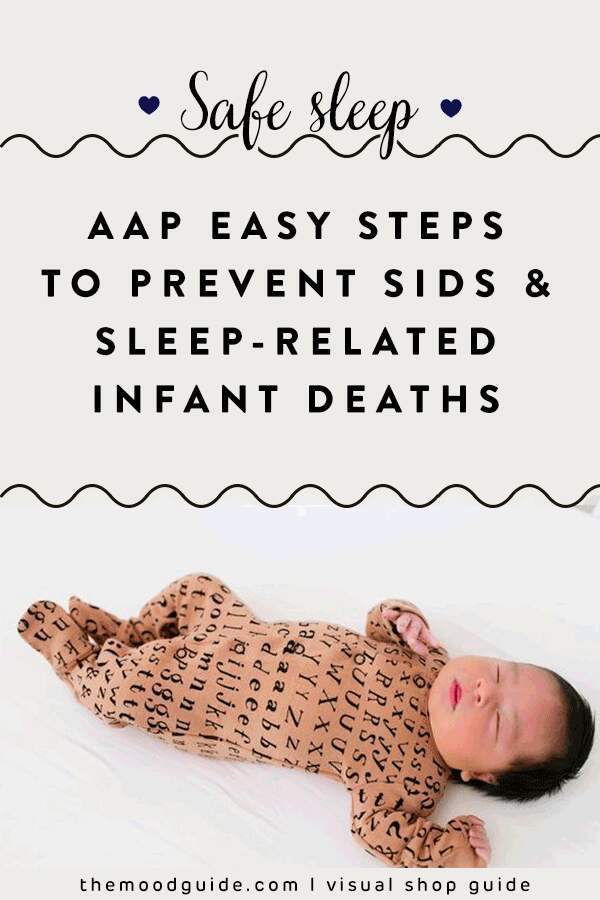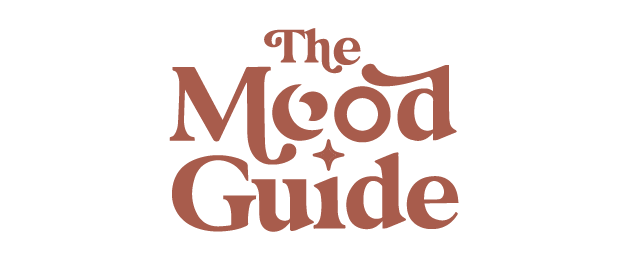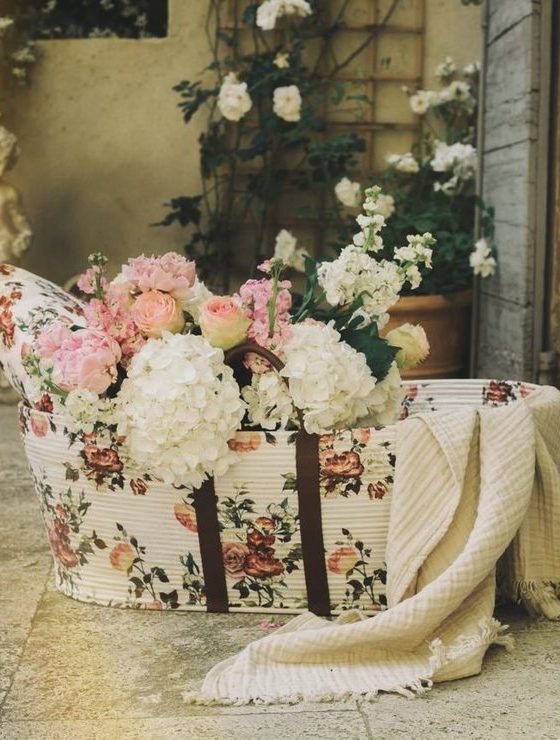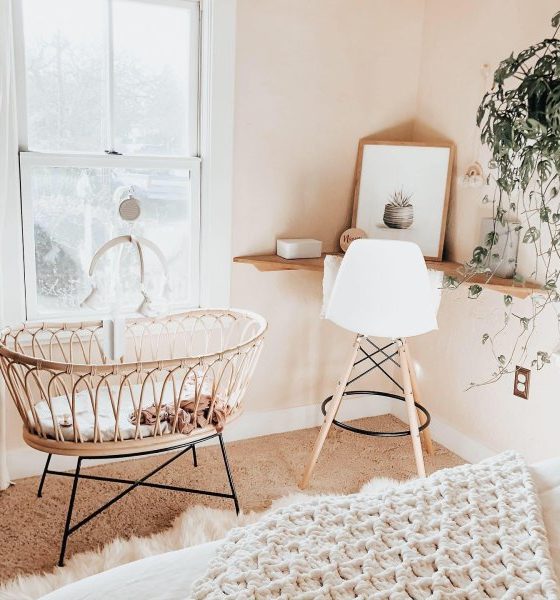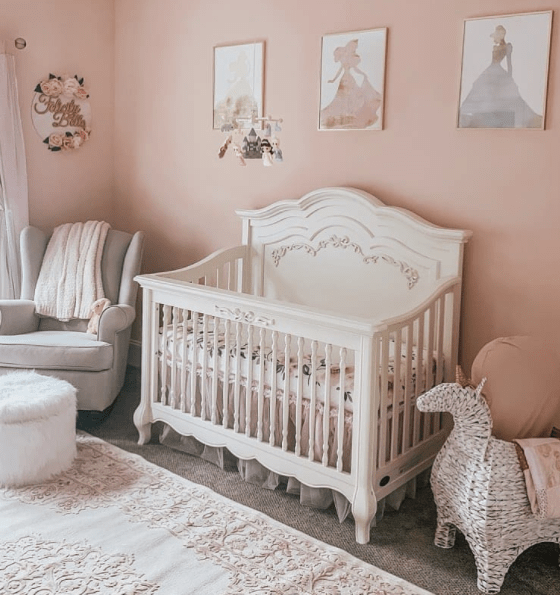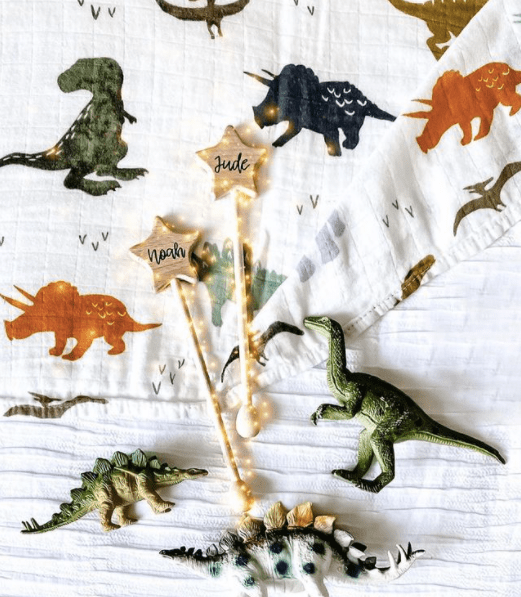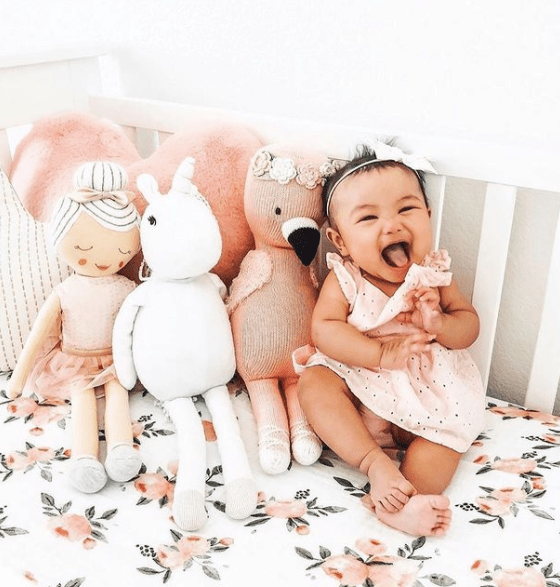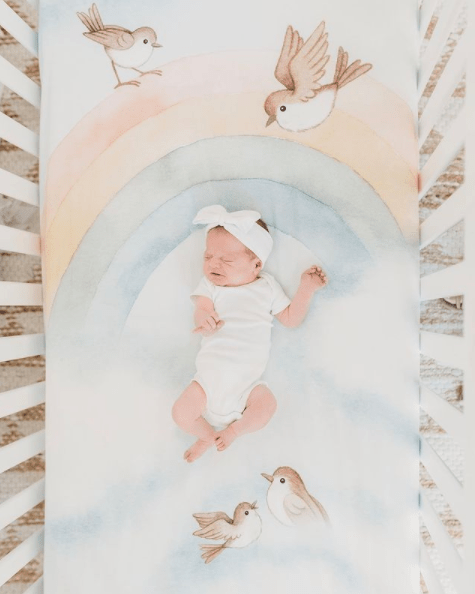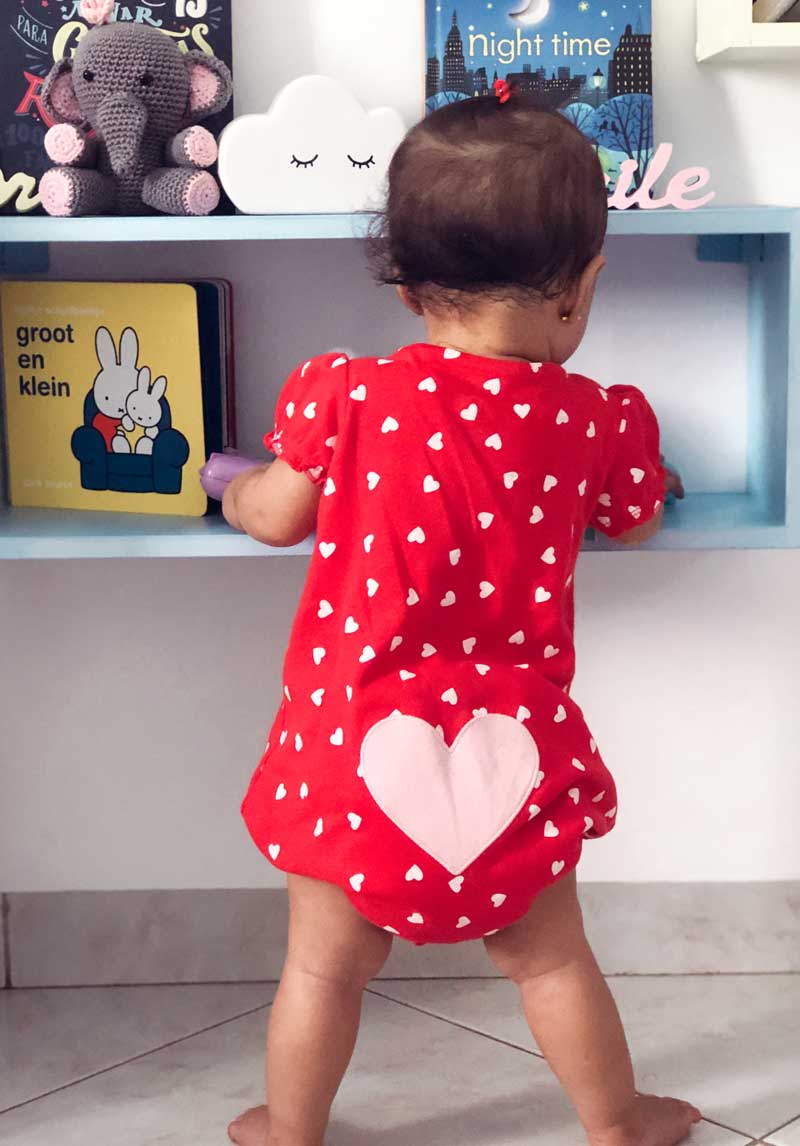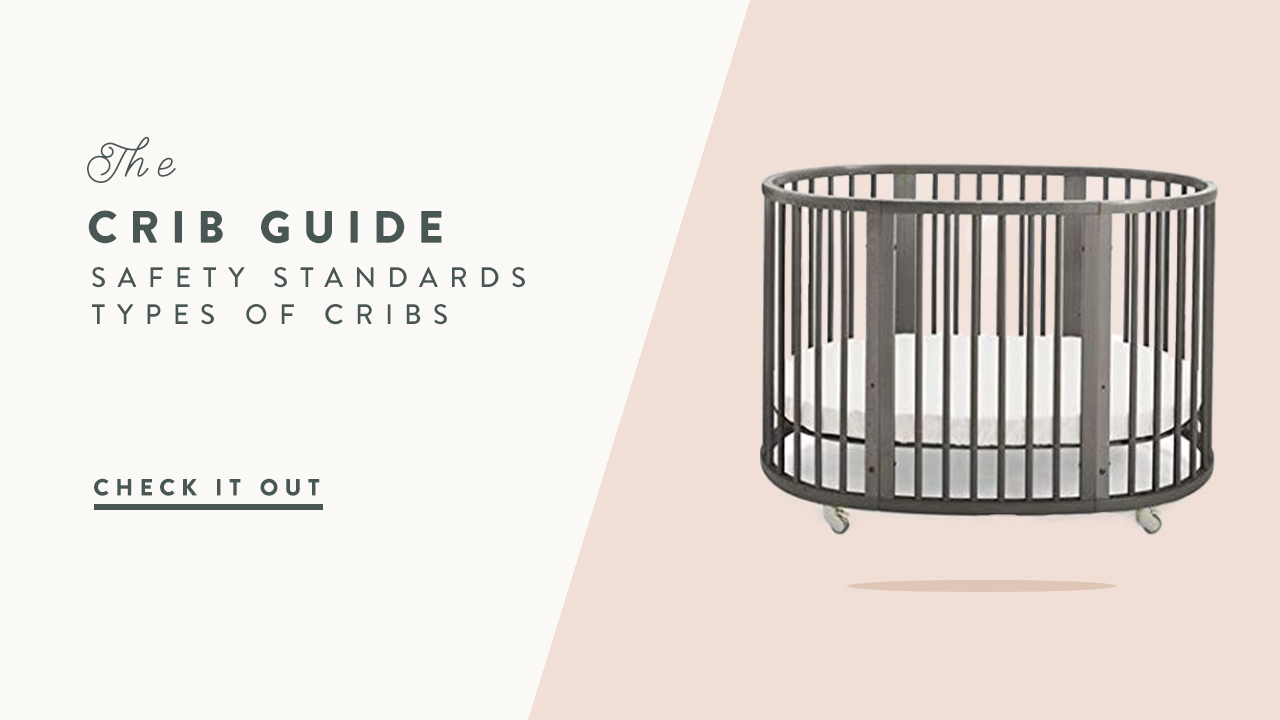This post does not have personal opinions on safety matters.
All safety information is from the American Academy of Pediatrics & the Consumer Product Safety Commission websites. They are accordingly referred to throughout the text.
This is very important: according to the American Academy of Pediatrics (AAP), every year more than 3500 babies die during their not-safe sleep due to accidental suffocation or strangulation, or sudden infant death syndrome (SIDS) in the USA.
Scary, right? I know!
However, the very good news is that these deaths, even SIDS, can be prevented if parents follow some simple safe sleep rules.
Spoiler alert: it’s hassle-free!
Since 1992, when the American Academy of Pediatrics began recommending babies sleep on their backs, the annual SIDS rate has declined more than 50 percent!?
Because of that, America took action! The AAP wrote a Parents Guide to Safe Sleep and the Consumer Product Safety Commission (CPSC) issued federal rules for safe cribs, bassinets, portable cribs and play yards (you can find a summary here).
AAP guideline highlights:
Sleeping position: on THEIR BACK at all sleep times
For the first year, babies should be put to sleep exclusively on their back at all sleep times: during naps and during the night.
If your baby falls asleep in a different position, move him or her to the back position as soon as possible. Don’t worry about waking them up. If it happens, they will probably fall back to sleep right away.
Sleeping place: on a FIRM SURFACE
Babies should be put to sleep on a firm surface: crib, bassinet, portable crib, or play yard that meet the Consumer Product Safety Commission (CPSC) safety standards.
So, no sleeping on couches, car seats, strollers, etc. If your baby falls asleep in one of these places, move them to a firm surface as soon as possible.
Sleeping positioners, like wedges, nests, and loungers are not recommended for unsupervised sleeping during the first months, for risk of suffocation. You can use these accessories for awake supervised times, like lounging and playing. If they fall asleep, move them to a firm surface as soon as possible.
If your baby was diagnosed with gastroesophageal reflux (GER), follow the AAP has orientations for safe sleep.
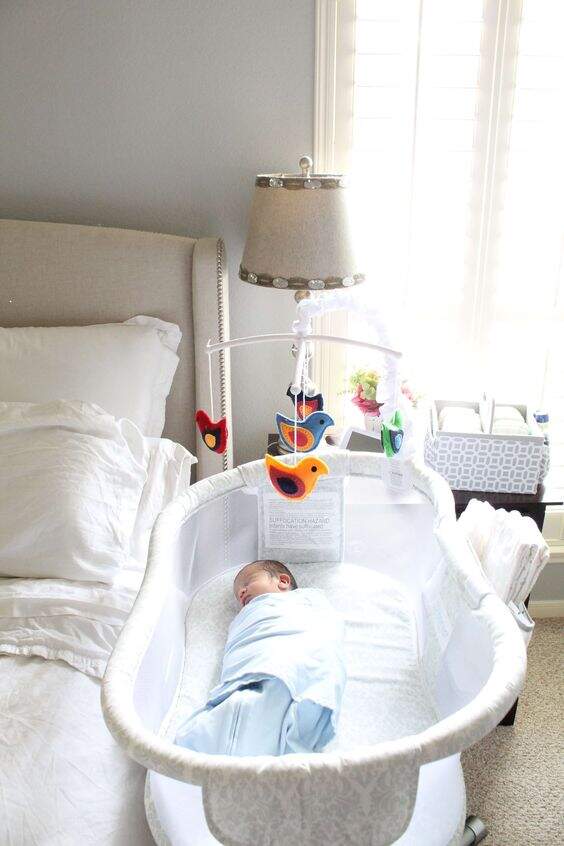
Sleeping area: a BARE ENVIRONMENT
Your baby should be alone inside the area they sleep in.
No blankets, teddy bears, pillows, comforters, quilts, bumpers, etc. Because newborns still don’t have a defensive reflex and cannot move their heads and bodies by themselves, they can suffocate. There are so many nursery decoration options that bumpers should not be missed! They look good on Pinterest and Instagram pictures, but they are not worth it.
If your house is cold, appropriate sleeping clothes or sleep-sacks are the way to go! That’s the perfect excuse to buy those extra cute wearable blankets, pajamas, and swaddled ones.
Watch out for hanging cords from monitors, curtains, and blinders. They can get around their necks and strangle them.
Sleeping room: SHARED
Room share, but do not bed share. For the same reason: sleeping deprivation makes you tired.
Sharing a room with your baby will make it easier for you to soothe and feed him or her during the night, but sharing the bed with them will make it dangerous. Why? Because you can roll over your helpless baby and, being sleep deprived, not notice it.
See? Keeping the baby safe is actually easier, cheaper, and less hassle than not doing it! In addition to protecting your baby – and your peace of mind – you save some money and a lot of laundry time! It’s a no-brainer!
You can find the complete AAP guide here and their policy explained here!
To make it even easier, here is a summary! You can send it to everyone taking care of your baby: dad, other mom, grandparents, caregivers…
AAP SAFE SLEEP GUIDELINES TO PREVENT SIDS
YES ✅
on their back
crib – bassinet – portable crib – play yard – firm mattress (CPSC compliant)
bare area: fitted sheets – sleep sack – comfy pajamas
at parents room
❌ NO NO
NOT on their belly | side
NOT on inclined surfaces: couch – car seat – wedge – positioner – bouncer – lounger – nests
NO pillows – bumpers – teddy bears – blankets
NOT on parents bed
Found this post useful? We also debunked the CPSC safety standards for cribs, bassinets, portable cribs, and play yards! Make sure you take a look so you and your baby can sleep safe and sound!
☾ Affiliate Disclosure: The Mood Guide celebrates women’s moods and versatility. Even though we may earn a commission from some of your purchases, we encourage you to shop with the right intention. Focusing your energy on what you feel confident and comfortable in is empowering! ♥︎
Pin for later
